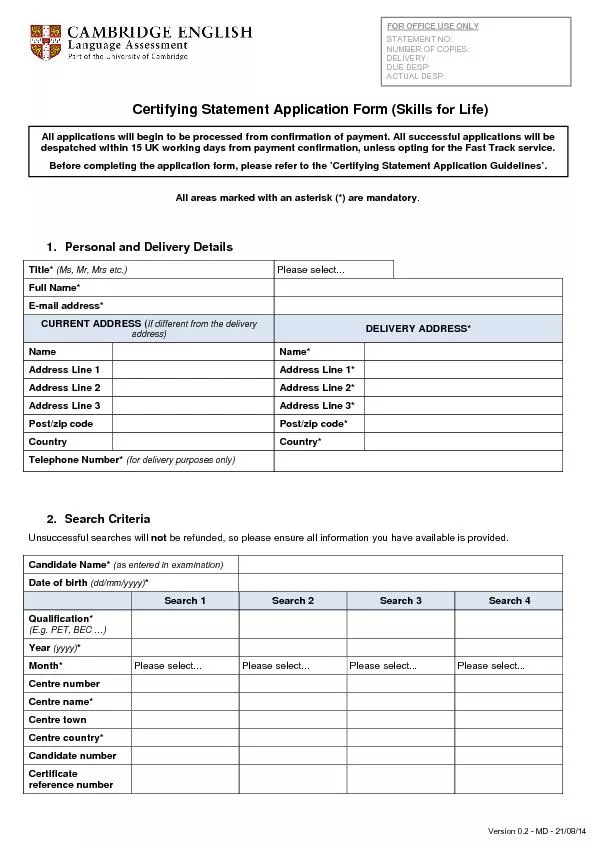PDF-Please use the following numbers after the operation if you
Author : scarlett | Published Date : 2022-08-21
experience any problems The Eye Clinic at Doncaster Royal Infirmary Tel 01302 644141 between 830 and 600pm Monday to Friday Please hold to leave a message to speak
Presentation Embed Code
Download Presentation
Download Presentation The PPT/PDF document "Please use the following numbers after t..." is the property of its rightful owner. Permission is granted to download and print the materials on this website for personal, non-commercial use only, and to display it on your personal computer provided you do not modify the materials and that you retain all copyright notices contained in the materials. By downloading content from our website, you accept the terms of this agreement.
Please use the following numbers after the operation if you: Transcript
Download Rules Of Document
"Please use the following numbers after the operation if you"The content belongs to its owner. You may download and print it for personal use, without modification, and keep all copyright notices. By downloading, you agree to these terms.
Related Documents














